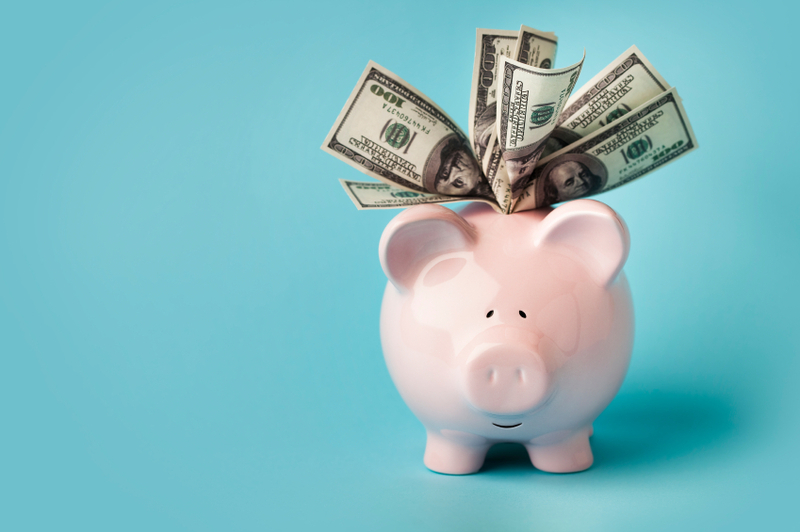Just how lucrative are your investments? That depends on the plan you choose as well as the amount of risk you're willing to take. But whether you're a risk-taker or a play-it-safer, there are options to help your nest egg grow.
Savings Accounts
Savings accounts are the safest of investments. Usually insured, your money is available to you when you need it. Your bank pays you a fee— known as interest—for allowing them to use it.
- The upside? You can withdraw your money at any time with no penalty. Also, there's practically no risk involved.
- The downside? Interest rates are typically very low—around 1.5 percent—and sometimes barely keep up with the rate of inflation.
Certificates of Deposit
Want to get a slightly higher interest rate in exchange for investing your money for a specified amount of time? These accounts are called Certificates of Deposit (CDs) and range in length up to several years.
- The upside? CDs are very safe investments because they offer low risk. The longer you agree to keep your money in the bank or financial institution, the higher your interest rate.
- The downside? There's usually a $500 minimum to open a CD, and there are costly penalties for withdrawing your money early—so don't invest money you may need access to. Also, since your interest rate is locked in, you won't earn more if interest rates later go up.
Money Market Fund
When you open a money market fund, your bank spreads the money you invest over a number of CDs and other short-term investments. You retain access to your money, and your investment is relatively secure with a fixed income rate.
- The upside? These are generally safe investments, and you can redeem your shares of a money market fund at any time with no penalty.
- The downside? You get about the same (usually low) return as you would on a CD—and sometimes lower than a CD. You may also be required to keep a minimum balance in your account, and may be charged fees if you slip below that minimum.
